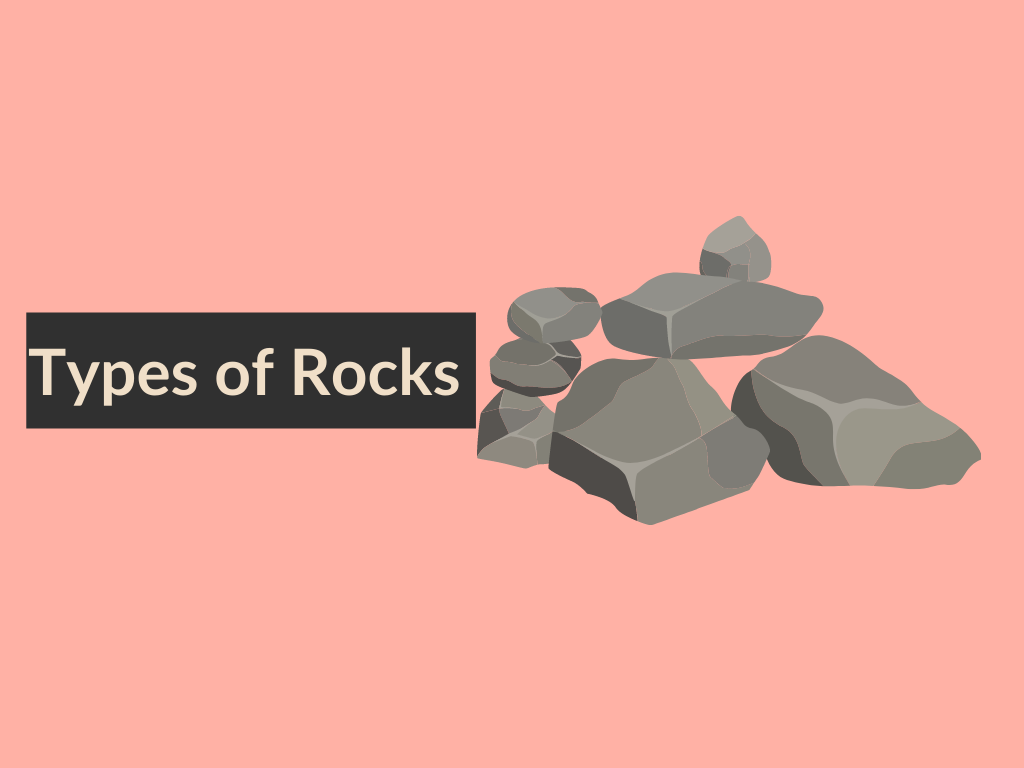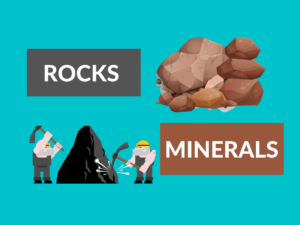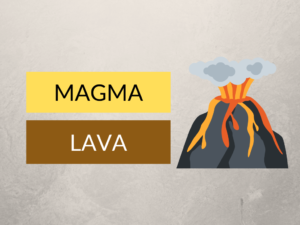When we are discussing the different types of rocks, There are mainly three types of rocks: sedimentary, igneous, and metamorphic. Each of these rocks is formed by physical changes which are formed in the earth as a part of the rock cycle, such as melting, cooling, eroding, compacting, or deforming.
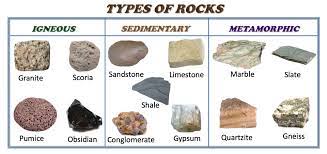

Difference between Types of Rocks
| Igneous Rocks | Sedimentary rocks | Metamorphic Rocks |
|---|---|---|
| Igneous Rocks are defined as the rocks formed when molten hot material cools and solidifies | The process of the formation of Sedimentary Rocks includes the formed pieces of other existing rock or organic material. | Metamorphic rocks are defined as the rocks that have been changed from their original form when they are borne to immense heat or pressure |
| Formation | ||
| These are formed by the cooling and solidification of magma | These are formed by the erosion, transportation, deposition, and consolidation of sediments | These are formed due to the action of intense heat and pressure |
| Texture | ||
| These are made up of crystals | These are made in layers also known as stratified rock | These rocks are very hard |
| Metallic properties | ||
| Metallic minerals are found in these rocks | Non-metallic minerals are formed in these rocks | Gems, precious stones, and metallic minerals are found in these rocks |
| Types | ||
| (1)Intrusive, or plutonic (2) Extrusive, or volcanic | (1)clastic (2)organic (biological) (3)chemical. | (1)foliated (2) non-foliated. |
| Examples | ||
| Basalt, granite | Sandstone, limestone, chalk | Slate, marble |
What are Igneous Rocks?
The word Igneous is derived from the Latin word for fire. Igneous Rocks are formed when molten hot material cools and solidifies. These can also be made in a couple of different ways.
When they are formed inside of the earth, they are called intrusive, or plutonic, igneous rocks. Granite and diorite are examples of common intrusive rocks. They have a coarse texture with large mineral grains, indicating that they spent thousands or millions of years cooling down inside the earth, a time course that allowed large mineral crystals to grow.
Alternatively, rocks like basalt and obsidian have very small grains and a relatively fine texture. This happens because when magma erupts into lava, it cools more quickly than it would if it stayed inside the earth, giving crystals less time to form. Obsidian cools into the volcanic glass so quickly when ejected that the grains are impossible to see with the naked eye.
If they are formed outside or on top of Earth’s crust, they are called extrusive, or volcanic, igneous rocks. Extrusive igneous rocks can also have a vesicular, or “holey” texture. This happens when the ejected magma still has gases inside of it so when it cools, the gas bubbles are trapped and end up giving the rock a bubbly texture. An example of this would be pumice.
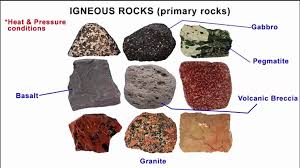

What are Sedimentary Rocks?
The process of the formation of Sedimentary includes the formed pieces of other existing rock or organic material.
There are three different types of sedimentary rocks: (1)clastic, (2)organic (biological), and (3)chemical.
(1)Clastic sedimentary rocks are sandstone, formed from clasts, or pieces of other rock.
(2)Organic sedimentary rocks are coal, formed from hard, biological materials like plants, shells, and bones that are compressed into rock. The formation of clastic and organic rocks begins with the weathering or breaking down, of the exposed rock into small fragments. When the process of erosion is taking place, these fragments are removed from their source and are transported by wind, water, ice, and other biological activity to a new location. But once the sediment settles somewhere, it gets occupied there are forms the lowest layers slowly, and makes itself a hard rock.
(3)Chemical sedimentary rocks, like limestone, halite, and flint, form from chemical precipitation. A chemical precipitate is a chemical compound. For example calcium carbonate, salt, and silica. when the solution is dissolved in, usually in water it evaporates and leaves the compound behind. This occurs as water travels through Earth’s crust, weathering the rock and dissolving some of its minerals, transporting it elsewhere. These dissolved minerals are precipitated when the water evaporates.
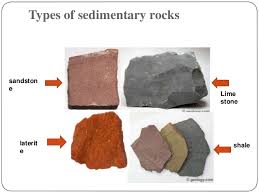

What are Metamorphic Rocks?
These are the rocks that have been changed from their original form when they are borne to immense heat or pressure. Metamorphic rocks have two classes: foliated and non-foliated.
How the Foliated Rocks are being formed?
When a rock with flat or elongated minerals is put under immense pressure, the minerals line up in layers, creating foliation. Foliation is the aligning of elongated or platy minerals, like hornblende or mica, perpendicular to the direction of pressure that is applied.
An example of this transformation can be seen with granite, an igneous rock. Granite contains long and platy minerals that are not initially aligned, but when enough pressure is added, those minerals shift to all points in the same direction while getting squeezed into flat sheets. When granite undergoes this process, like at a tectonic plate boundary, it turns into gneiss.
How the Non-Foliated Rocks are being formed?
Nonfoliated rocks are formed the same way, but they do not contain the minerals that tend to line up under pressure and thus do not have the layered appearance of foliated rocks. Nonfoliated rocks can also form metamorphism, which happens when magma comes in contact with the surrounding rock.


we can see the difference between rock and mineral also

